In modern urban living, many apartments are increasingly sealed — tightly insulated for energy efficiency, with minimal ventilation. In such environments, air quality can suffer. With concerns about volatile organic compounds (VOCs), formaldehyde, and pollutants from furnishings, residents often turn to houseplants for help. The Swiss Cheese Plant (Monstera deliciosa), with its large, glossy leaves, is often touted as an enemy of indoor pollutants. But how effective can it really be, especially in tightly sealed modern apartments? Let’s dig into what science says, what limitations exist, and how you can maximize any air-cleaning benefit.
The Claim: Plants Clean Indoor Air
The idea that plants detoxify indoor air stems partly from a landmark NASA clean air study, which showed that certain houseplants can help remove benzene, formaldehyde, and trichloroethylene in sealed test chambers. Given that Monsteras produce large leaf surfaces and considerable transpiration, many believe they are among the stronger purifiers in domestic settings.
However, the NASA study was done under ideal, small‑scale experimental conditions, not in typical large-volume rooms. Real apartments are vastly different in scale, airflow, pollutant load, and environmental dynamics.
What Recent Studies Say
More recent research suggests that while plants can remove certain VOCs, the rate is often insufficient to replace mechanical filtration or ventilation in real-world apartment settings. Key findings:
- The cleaning effect of one or two houseplants in a room is modest compared to air exchange rates or HEPA filters.
- Most pollutant removal occurs near the leaf surface or root zone, not broadly through the room.
- Soil microorganisms often play a significant role in breaking down pollutants more than the plant itself.
Thus, Monsteras may help marginally, but they are more a supplement rather than a solution for indoor air quality.
Challenges in Sealed Apartment Designs
Sealing an apartment has consequences that can limit how much a plant can help:
-
Low air exchange
Pollutant concentration may build faster than a plant can absorb. -
Competing sources of pollutants
Furniture, flooring, adhesives, paint, cooking—all release VOCs continuously. -
Limited leaf surface relative to volume
A typical apartment’s air volume dwarfs the absorbent area of a plant. -
Stress on plants
In sealed, often drier indoor environments, plants might suffer reduced health, which lowers their absorption ability.
How to Maximize a Monstera’s Pollutant Absorption
If you want your Swiss Cheese Plant to contribute meaningfully:
- Use more leaf surface area: More plants or large-leaf varieties increase total surface area.
- Keep the plant healthy: Dust-free foliage and strong growth support better function.
- Add soil amendments: Incorporate activated carbon or bioactive soils that boost microbial degradation.
- Strategically place plants near pollutant sources: For example, near desks, walls with vinyl flooring, or kitchen adjacent rooms.
- Balance with ventilation: Enable occasional fresh air cycles to reduce pollutant buildup.
Realistic Expectations
A Swiss Cheese Plant alone won’t clean the air in a sealed apartment to “fresh forest” quality. But as part of a holistic approach—air purifiers, ventilation, low-emission materials—Monsteras offer visual, mood, and micro-air benefits. They may help reduce small amounts of certain compounds over time.
Think of your Monstera as a living accent with a minor purifying role—not a substitute for proper air systems.
Final Thoughts
In 2025’s sealed apartment trend, Swiss Cheese Plants offer more than decor. They may impart marginal air-cleaning effects, especially when maintained well and supplemented with good indoor practices. But don’t expect them to carry the load alone. Combine them with ventilation, good filters, and low-emission materials for healthier air in tight urban spaces.


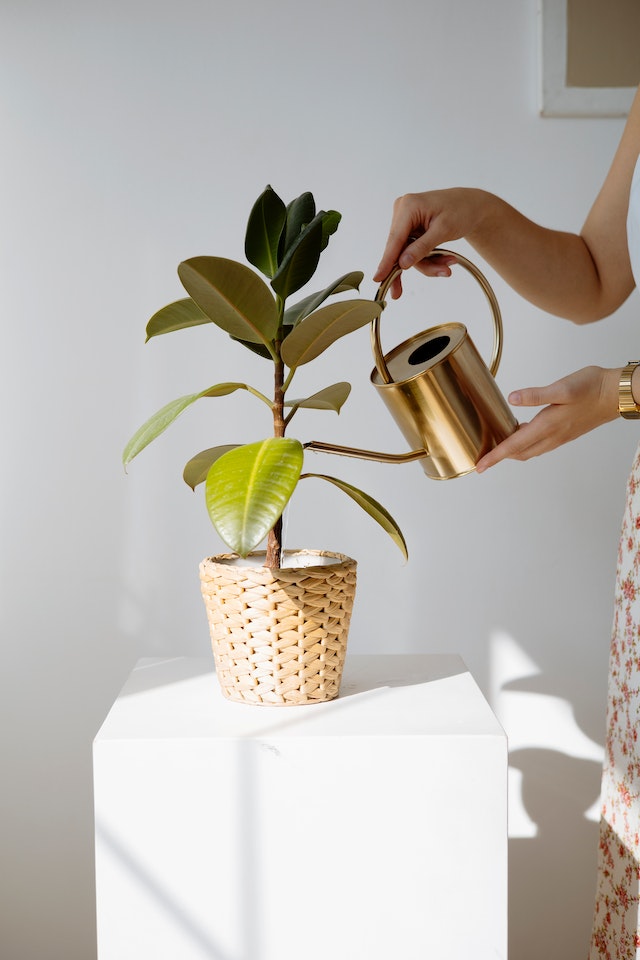
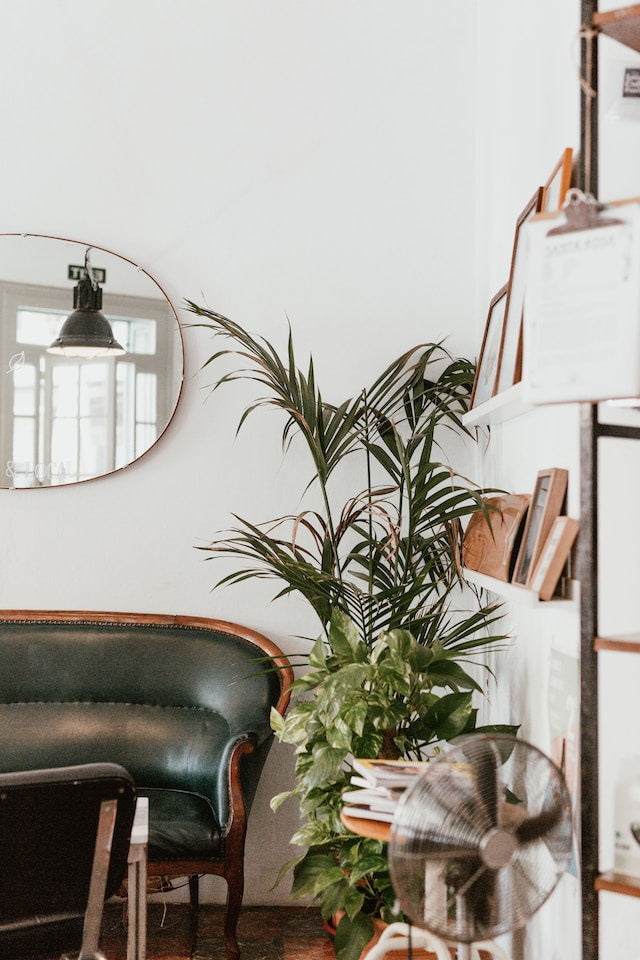
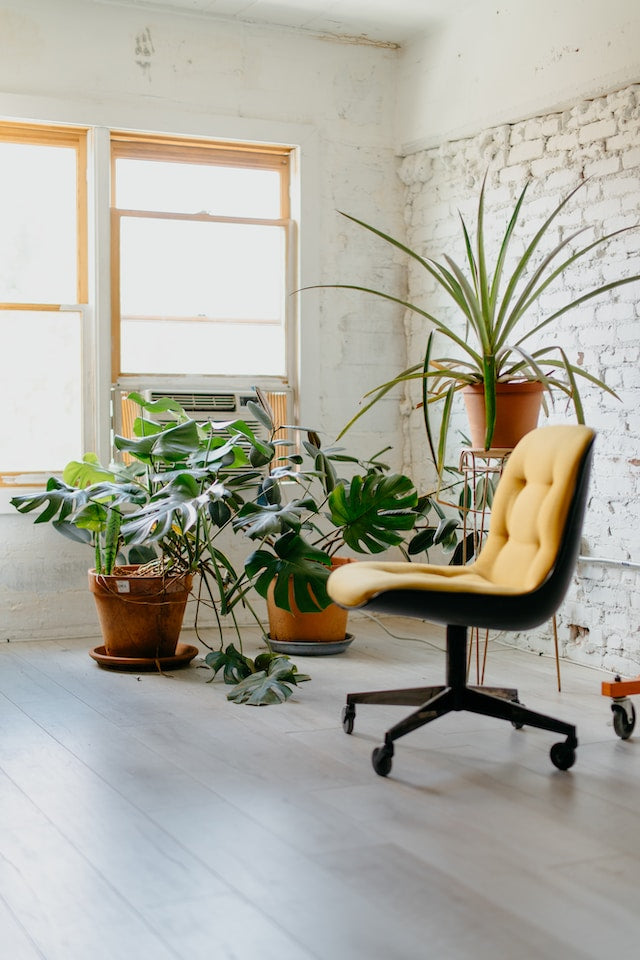
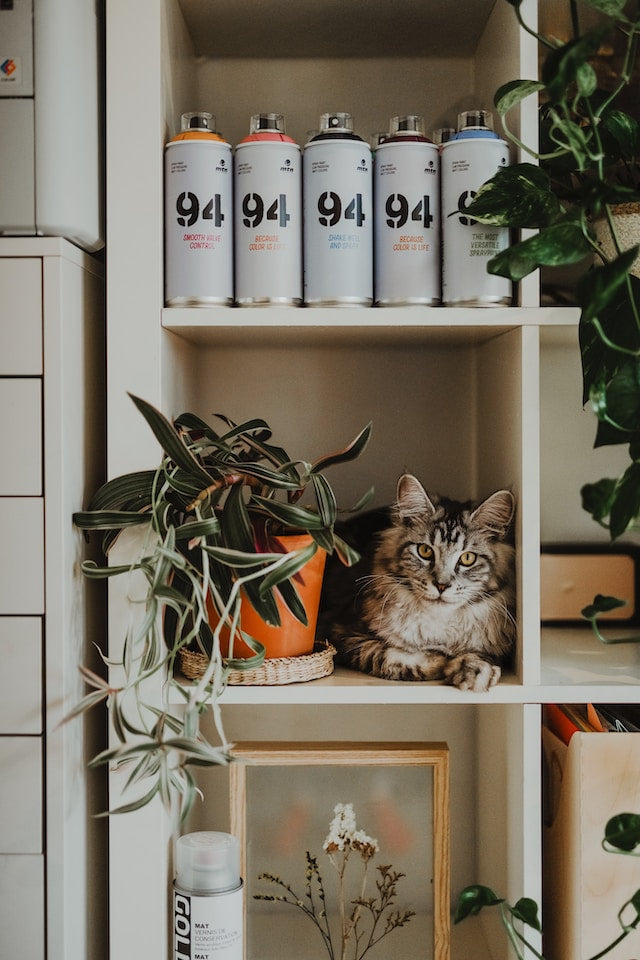
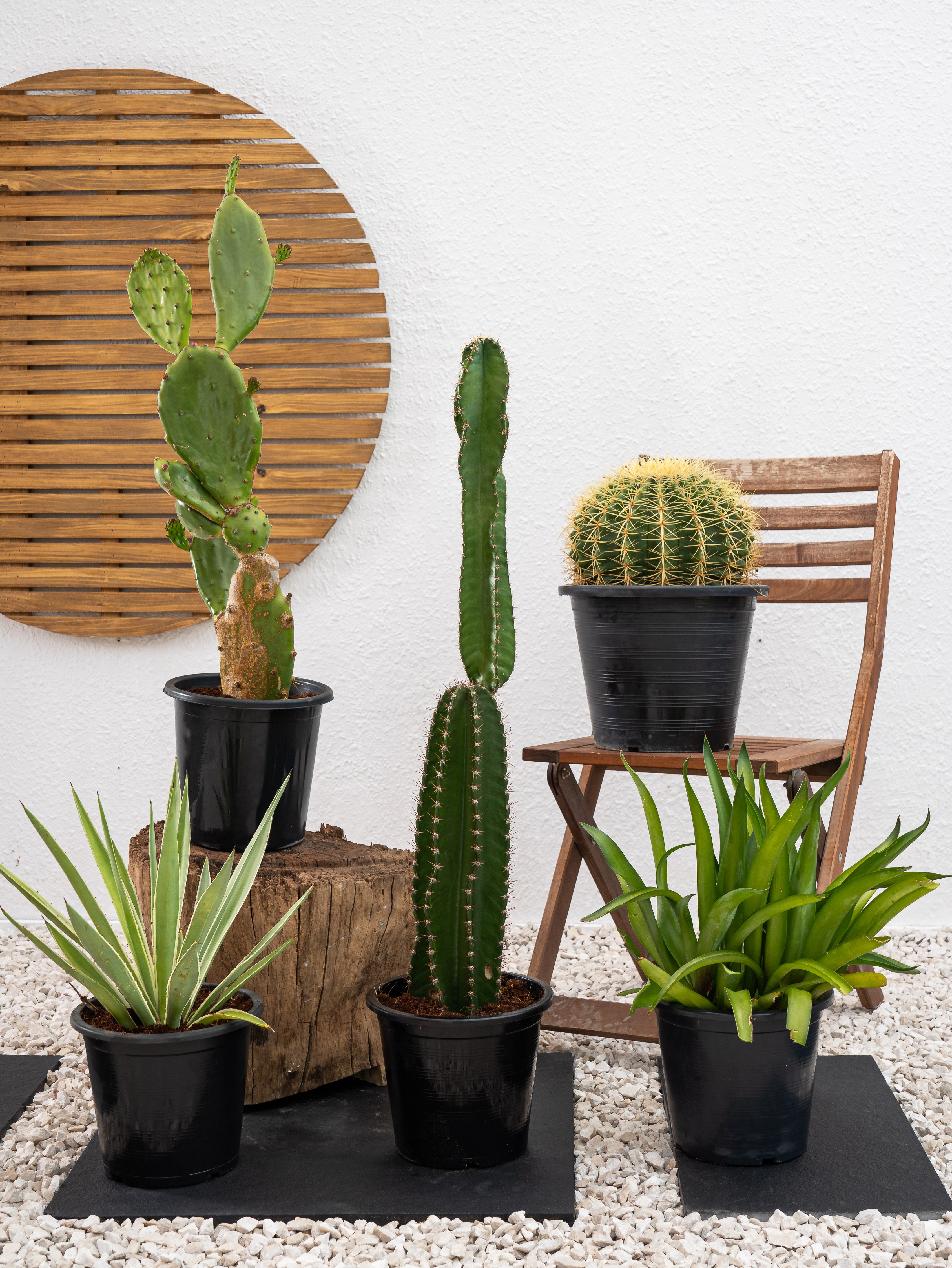
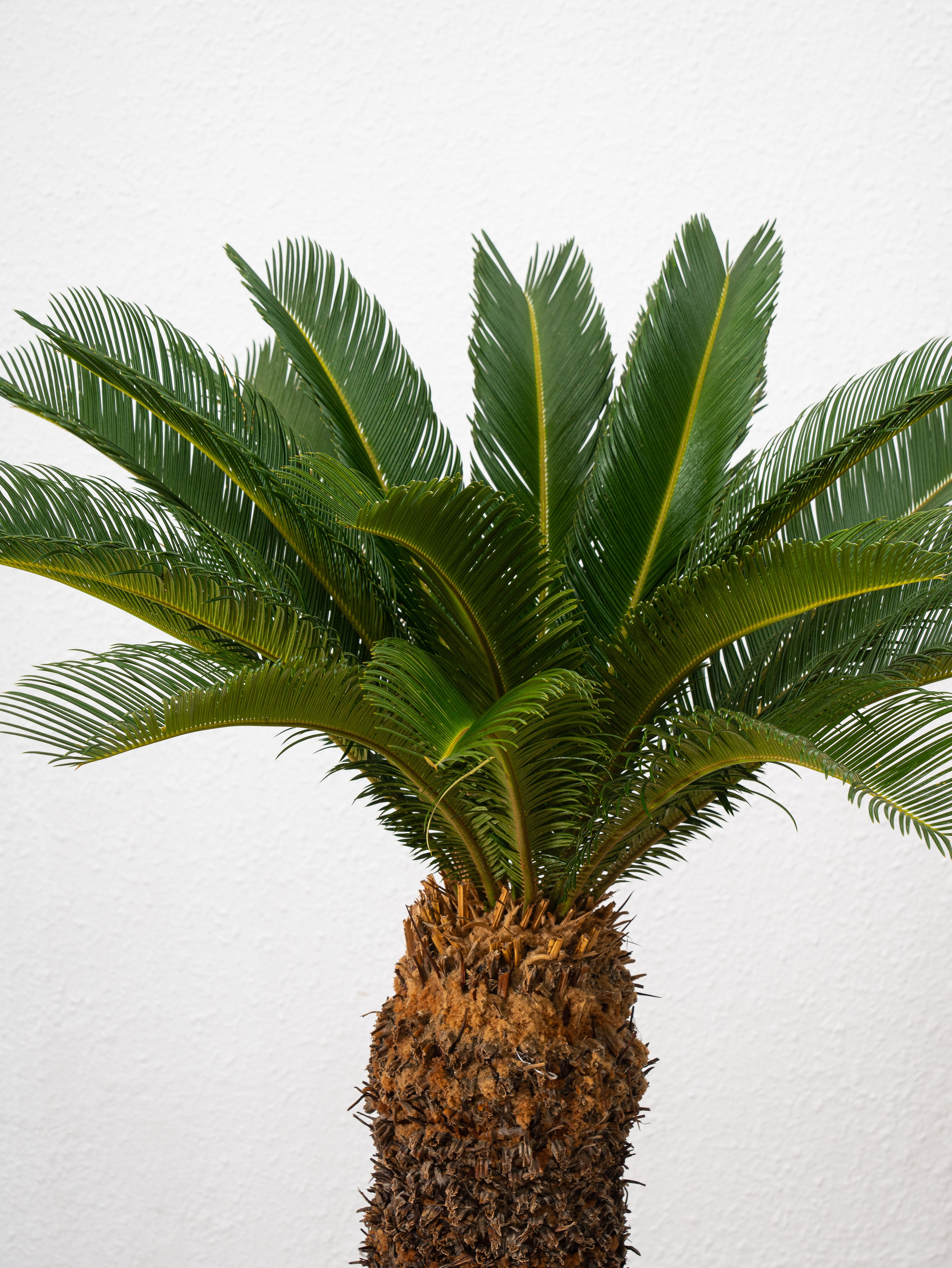
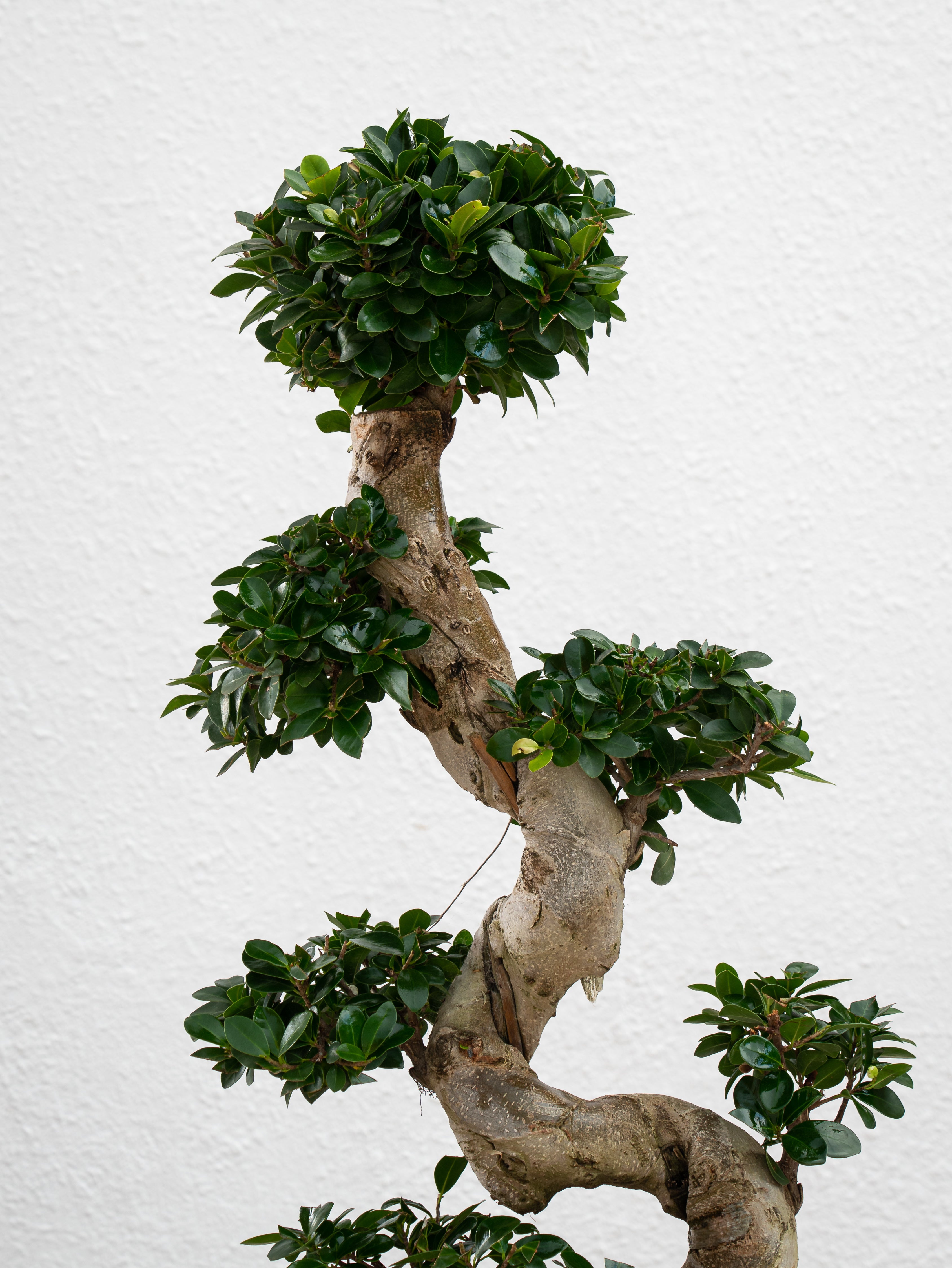
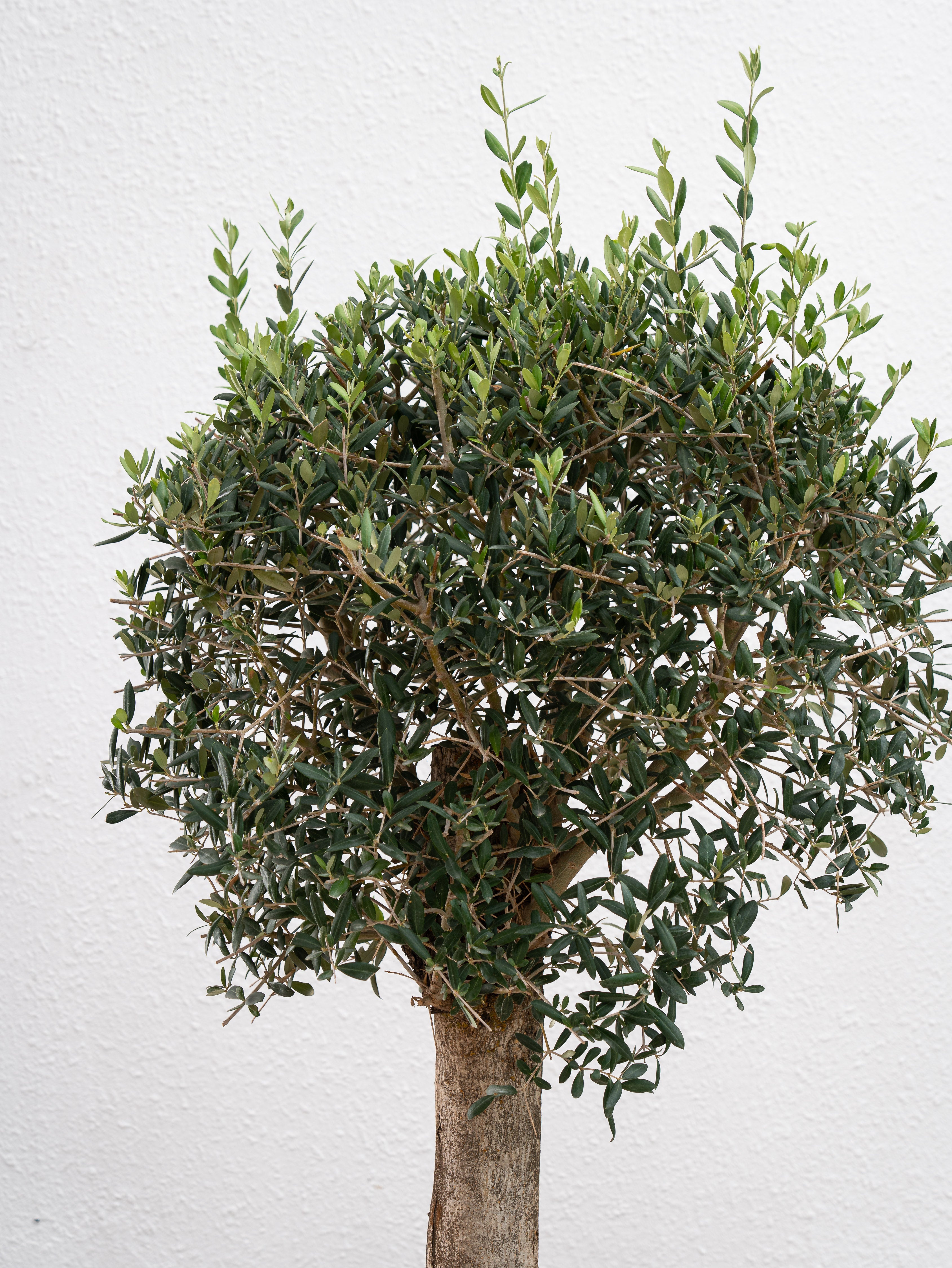
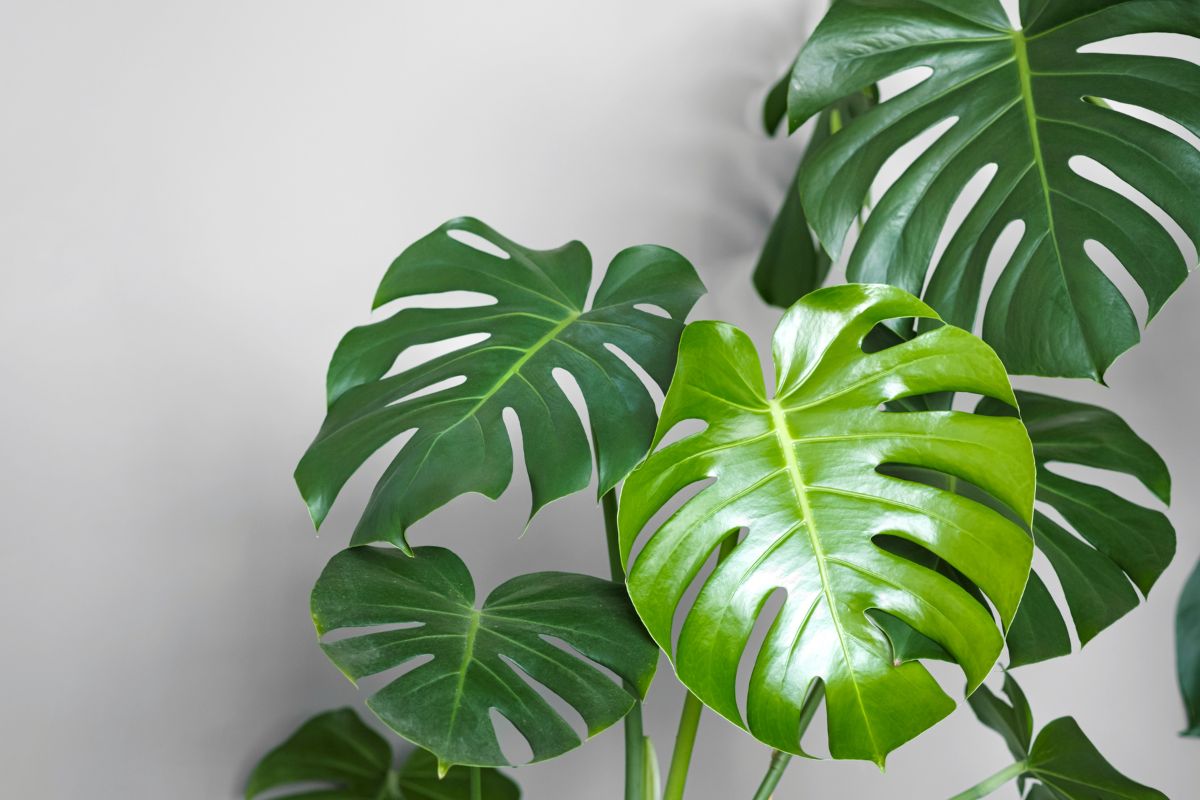

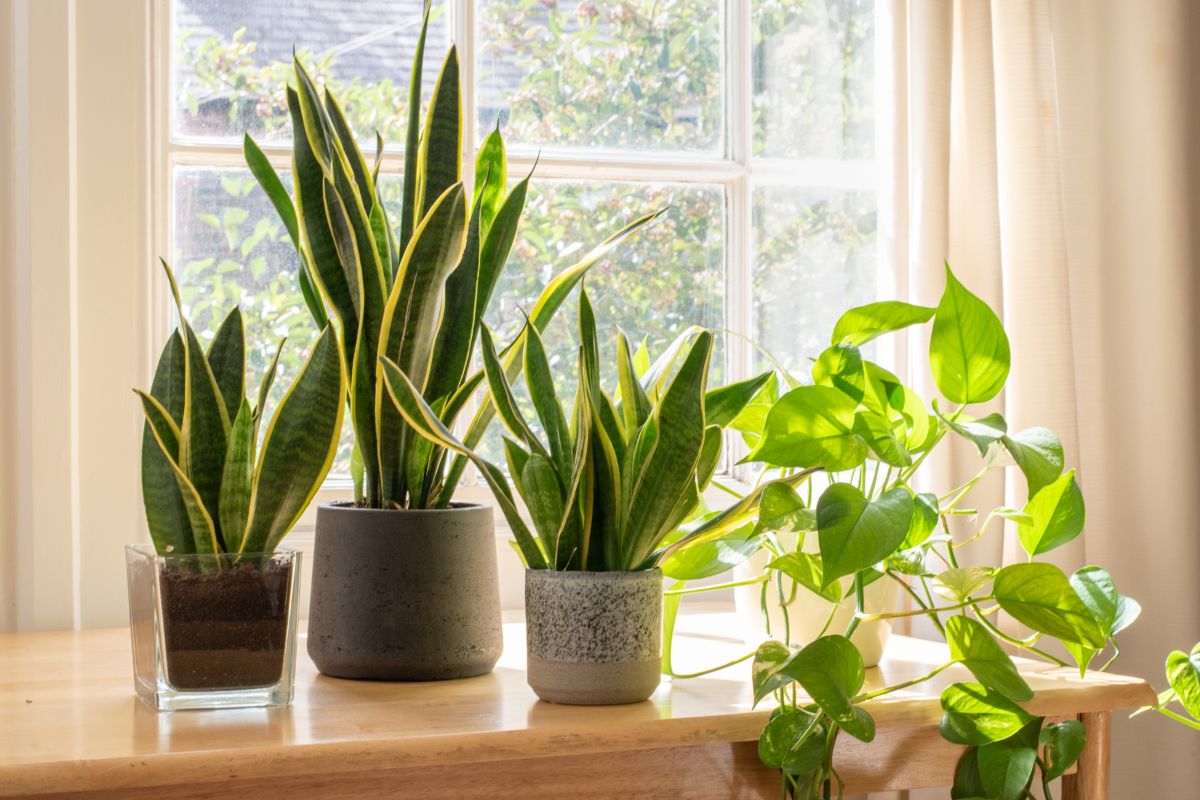
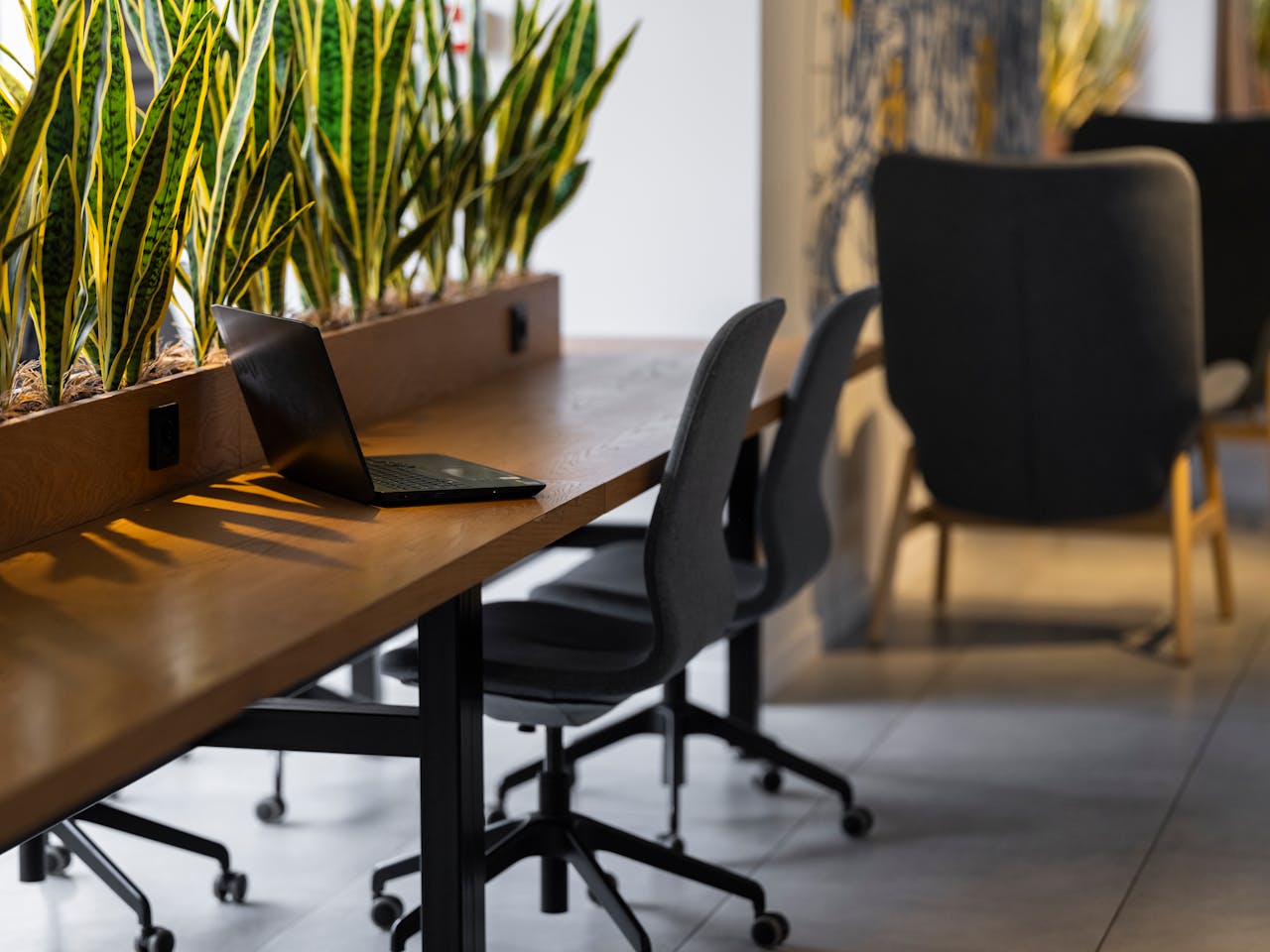
Leave a comment
This site is protected by hCaptcha and the hCaptcha Privacy Policy and Terms of Service apply.